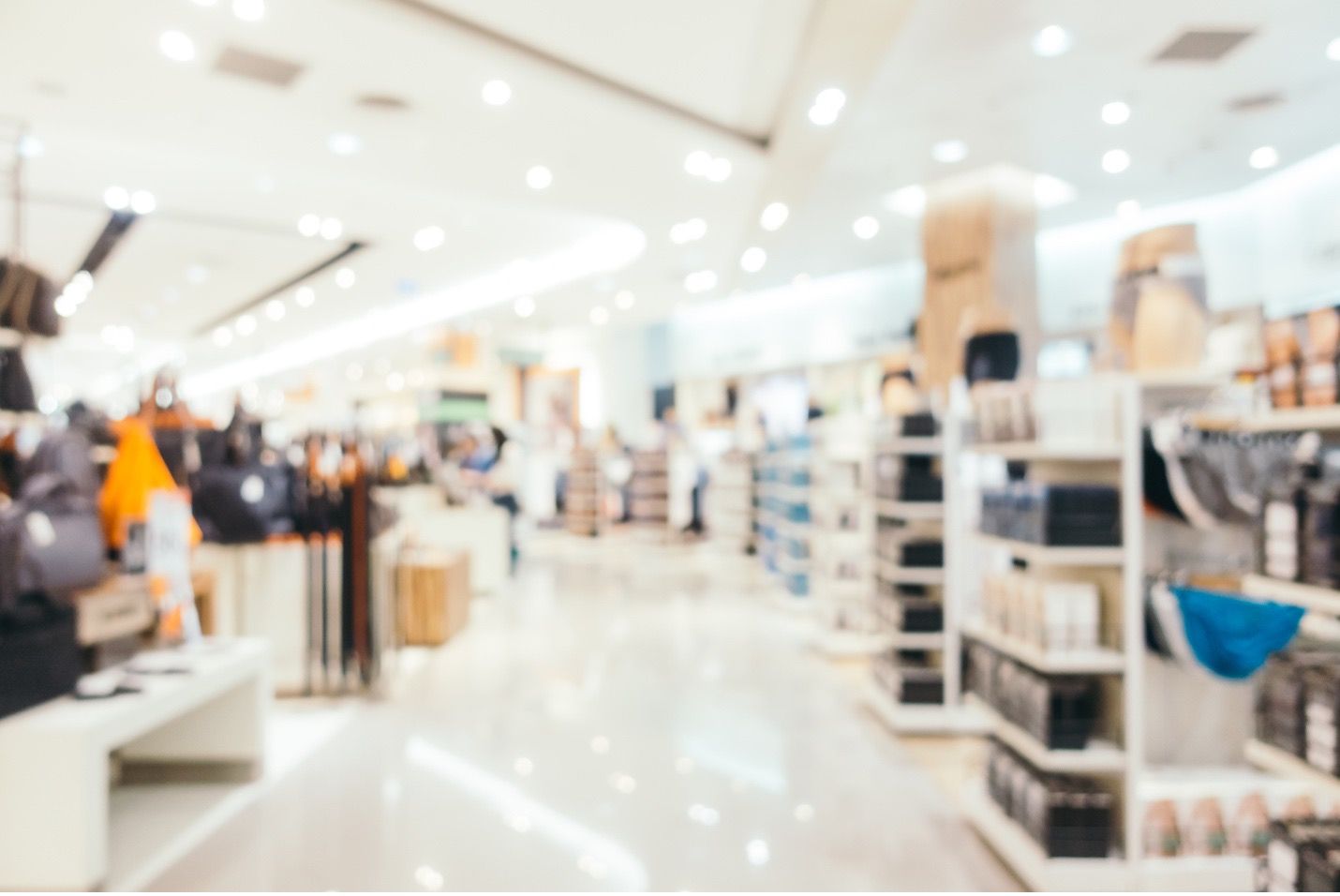One of the most potent tools at business’ disposal is marketing automation, a dynamic and transformative approach that has the potential to revolutionize how retailers engage with their customers, drive sales, and cultivate lasting brand loyalty. As consumer behaviors continue to shift and digital platforms become central to shopping experiences, using the full potential of marketing automation has become not just a competitive advantage, but a strategic imperative. This article delves into the myriad ways in which marketing automation can be harnessed within the retail sector, exploring its diverse applications, benefits, and real-world examples that showcase its game-changing capabilities. From personalized customer experiences to targeted campaigns, inventory management, and beyond, the article offers insights that illuminate the path toward unlocking the unparalleled potential of marketing automation in the dynamic realm of retail.
1. Customer Segmentation and Targeted Campaigns:
Marketing automation empowers retailers to segment their customer base and craft highly targeted campaigns that resonate with specific groups. Let’s explore this scenario with an example:
Imagine a clothing retailer that offers a wide range of apparel for different demographics, from trendy teenagers to sophisticated professionals. Using marketing automation, the retailer segments its customers based on factors such as age, gender, purchase history, and browsing behavior.
Example: Summer Collection Launch
As summer approaches, the retailer plans to launch its new summer collection. To ensure maximum impact, they leverage marketing automation to create a targeted campaign tailored to different customer segments.
For the teenage segment, an automated email is designed featuring vibrant and trendy summer outfits. This email is sent out in the late afternoon when teenagers are more likely to engage with their devices.
For the professional segment, the retailer crafts a separate email showcasing chic yet work-appropriate summer attire. This email is scheduled to land in inboxes early in the morning, as professionals tend to check their emails during their commute.
Additionally, for loyal customers who have made multiple purchases in the past, an exclusive preview sale is triggered. These customers receive a personalized email with a discount code, inviting them to shop the summer collection before it’s officially launched.
By leveraging marketing automation for customer segmentation and targeted campaigns, the clothing retailer maximizes the relevance and impact of its marketing efforts. This approach not only drives sales but also enhances customer engagement and loyalty by showing that the retailer understands and caters to each customer’s unique preferences and needs.
2. Personalized Loyalty Programs:
Loyalty programs are a cornerstone of the retail industry, and marketing automation offers a transformative way to make these programs more engaging and personalized. Let’s delve into this scenario with an example:
Consider a supermarket chain that aims to enhance its loyalty program using marketing automation. The supermarket’s existing loyalty program offers discounts and rewards based on purchase frequency. However, they want to take it a step further by adding a layer of personalization.
Example: Personalized Loyalty Program:
Using marketing automation, the supermarket analyzes customer data to create tailored loyalty tiers and rewards.
For a customer who frequently purchases organic produce and health foods, the supermarket’s automation system recognizes their preference and assigns them to a “Health Enthusiast” tier. This tier offers rewards such as additional discounts on organic products, free nutrition workshops, and personalized healthy recipes sent via email.
On the other hand, a customer who frequently buys baby care products and diapers is placed in the “New Parent” tier. This tier offers rewards like exclusive access to parenting webinars, baby care tips, and special discounts on baby-related items.
Additionally, the supermarket’s marketing automation triggers personalized emails to loyalty program members, notifying them about rewards they’ve earned or upcoming offers aligned with their preferences. For instance, a “Foodie” tier member might receive an email about an upcoming gourmet cooking class.
Through this personalized loyalty program powered by marketing automation, the supermarket not only encourages repeat purchases but also enhances customer engagement and brand loyalty. Customers feel valued and understood, leading to a deeper connection with the supermarket and a stronger likelihood of continued patronage.

3. Inventory Management and Stock Alerts:
Effective inventory management is a cornerstone of the retail industry, ensuring that products are available when customers want to purchase them. Marketing automation can play a vital role in optimizing inventory levels and providing stock alerts. Let’s explore this scenario with an example:
Imagine a consumer electronics retailer that wants to ensure its popular products are always in stock and ready for purchase. Through marketing automation, the retailer sets up a system to monitor inventory levels and trigger alerts when stocks are running low.
Example: Stock Alert System
The retailer’s marketing automation platform is integrated with its inventory management system. For a particular product, such as a newly launched smartphone, a predefined threshold is set for the minimum number of units that should be in stock at all times.
When the stock of this smartphone drops below the threshold, the marketing automation system is triggered. An automated email is sent to the purchasing department, notifying them that replenishment is needed. Simultaneously, an internal alert is sent to the store managers responsible for that product’s category.
Furthermore, to ensure customers are informed about stock availability, the automation system can trigger customer-facing alerts. For instance, if a customer has subscribed to notifications for this smartphone model, they might receive an automated email or text message as soon as the product is back in stock, inviting them to make a purchase.
This proactive inventory management approach powered by marketing automation ensures that the retailer avoids stockouts and can fulfill customer demand promptly. Customers appreciate the timely notifications and are more likely to choose this retailer over competitors who might face stock shortages. Overall, marketing automation streamlines inventory management, enhances customer satisfaction, and optimizes sales opportunities.
4. Post-Purchase Follow-up and Feedback:
Building strong customer relationships doesn’t end at the point of purchase. Marketing automation allows retailers to engage with customers even after a transaction, fostering loyalty and gathering valuable feedback. Let’s explore this scenario with an example:
Consider an online beauty and skincare retailer that wants to enhance its post-purchase engagement using marketing automation.
Example: Post-Purchase Follow-up
After a customer makes a purchase, the marketing automation platform triggers a series of follow-up communications:
- Order Confirmation Email: Immediately after the purchase, an automated order confirmation email is sent, providing details of the transaction, expected delivery date, and a thank-you message.
- Shipment Notification: Once the order is shipped, an automated email or SMS is sent, including a tracking number and a link for the customer to track their package.
- Post-Delivery Follow-up: A few days after the expected delivery date, another automated email is sent. This email expresses appreciation for the purchase and includes a request for feedback. The customer is encouraged to rate the products and share their experience.
- Personalized Recommendations: Based on the customer’s purchase history, the automation system generates personalized product recommendations. An email is automatically sent, suggesting complementary items or products that other customers have purchased alongside their selection.
- Exclusive Offers: A week after the purchase, an automated email is sent, offering an exclusive discount on a related product or a future purchase, encouraging the customer to return to the online store.
5. Customer Win-Back Campaigns:
In the competitive landscape of retail, customer retention is a top priority. Marketing automation can be a powerful tool for re-engaging inactive customers and enticing them to return to the brand. Let’s delve into this scenario with an example:
Imagine a fashion apparel retailer that has noticed a decline in purchases from a segment of its once-loyal customers. To win back these customers, the retailer implements a targeted win-back campaign using marketing automation.
Example: Customer Win-Back Campaign
The retailer’s marketing automation system identifies customers who have not made a purchase in the last six months. These customers are then segmented into groups based on their past purchase behavior and preferences.
- Reactivation Email: A personalized reactivation email is automatically sent to each group. The email acknowledges the customer’s history with the brand and includes a special discount or offer as an incentive to return. For instance, a customer who used to buy casual wear might receive an email showcasing the latest casual collection with an exclusive discount.
- Abandoned Cart Follow-up: For customers who abandoned their carts in the past but didn’t complete the purchase, an automated email is triggered. This email includes a reminder of the items left in the cart and an additional incentive to complete the purchase, such as free shipping or an extra discount.
- Loyalty Reward: Long-time customers who have become inactive receive a surprise loyalty reward via email. This reward could be in the form of loyalty points, a gift card, or an exclusive offer on their favorite product categories.
- Personalized Recommendations: Inactive customers also receive automated emails with personalized product recommendations based on their past purchases. This helps rekindle their interest in the brand by showcasing products aligned with their preferences.
Usermost
Usermost stands as a dynamic ally for retail businesses seeking to amplify their success in the modern market. With a comprehensive suite of cutting-edge marketing automation tools, Usermost empowers retail businesses to seamlessly navigate the intricacies of customer engagement, sales optimization, and brand loyalty. Through Usermost’s intuitive platform, retailers can craft personalized customer journeys, deploying targeted campaigns that resonate with individual preferences and behaviors. The platform’s inventory management capabilities ensure timely stock alerts and efficient replenishment, eliminating the risk of stockouts and enhancing customer satisfaction. Usermost’s post-purchase follow-up and feedback mechanisms enable retailers to foster enduring relationships with customers, garnering invaluable insights for continuous improvement. Furthermore, Usermost’s expertise in customer win-back campaigns rejuvenates dormant customer bases, reigniting brand loyalty. With Usermost as a steadfast partner, retail businesses can harness the true potential of marketing automation, transcending industry norms and crafting exceptional shopping experiences that secure enduring success.
